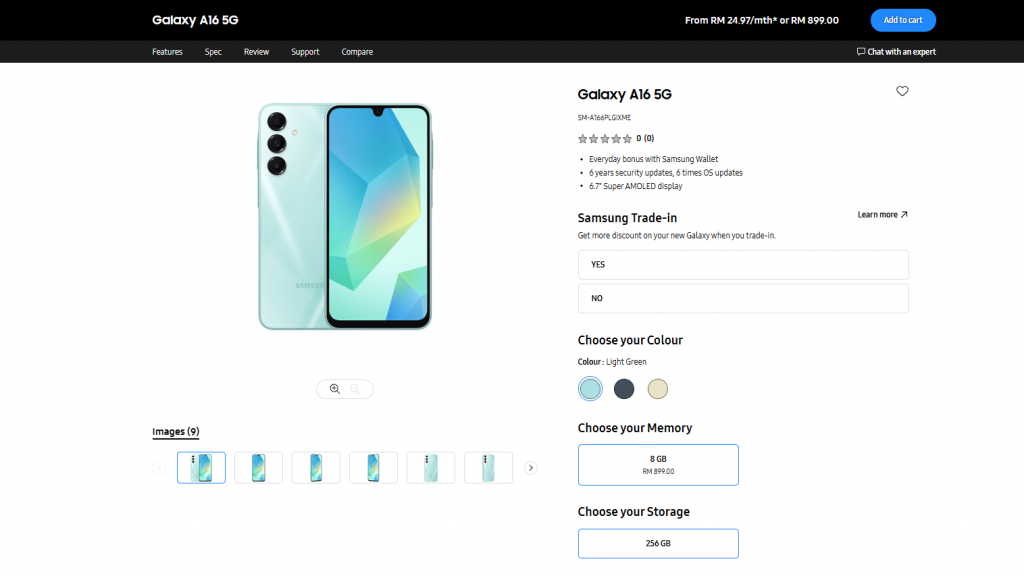England’s Novation has been shining bright in the synthesizer firmament for 30 years. From the Bass Station to the SuperNova to the Summit, here is their star-studded story in the history of Novation.
The History of Novation
When you think of UK synthesizers, a few companies will likely come to mind. Among EMS and Modal (and maybe Cheetah if you’re feeling generous), you will no doubt want to include Novation. In the company’s 30 years of service, they’ve released an incredible amount of excellent instruments, ones that have managed to not only grab the zeitgeist but also stand the test of time.
Today, let’s celebrate the synthesizers of Novation. Yes, the company is known for more than just synths, with a long line of solid controllers to also crow about, but I only have so many words with which to tell this story. As always, if I forget your favourite synth, I’m sorry. Please don’t eviscerate me in the comments. It wasn’t personal.
The History of Novation: Station To Station
The story of Novation actually begins at a little Welsh company called Cheetah Marketing. Now more famous (or should that be infamous) as the makers of the MS800, Aphex Twin’s favourite difficult synth, Cheetah released a number of affordable products in the 1980s. One of the better ones was the MS6, an analogue poly synth in a rack. Sadly, it was to be Cheetah’s last product.
Happily, as it turns out, the inventor of the MS6, Ian Jannaway, would soon team up with Mark Thompson to form Novation Electronic Music Systems. Launched in 1992, the company – better known as just Novation – took its first tentative steps with the MM10, a controller caddy for the Yamaha QY10 portable workstation. The MM10 was soon forgotten but Novation’s next endeavor would not be.

Dubbed the Bass Station, this little blue and black monophonic analogue synth would set the world on fire. Well, that’s exaggerating things but it was something of a revelation to have analogue sound and hands-on control again after so many years of digital synths with lozenge-like designs. To get things just right, Novation teamed up with legendary British synthesizer engineer Chris Huggett, he of EDP Wasp and Oxford Synthesizer Company OSCar fame. Borrowing the filter and VCA from the Wasp and combining them with two DCOs, you had a synth that was perfectly poised to capture the hearts and wallets of dance music producers.
Novation would follow up 1994’s Bass Station with the Bass Station Rack in 1995. Even more popular, it souped things up with additional controls and a MIDI/CV converter. The instrument got another refresh in 1997 with the Super Bass Station, which added an arpeggiator along with some new synthesis parameters.
The History of Novation: Here Comes A SuperNova
After assisting with a few Novation products (such as the aforementioned Bass Station plus the Drum Station, which used analogue modelling to recreate the sounds of the TR-808 and TR-909), Chris Huggett joined Novation full-time as technical director in the mid-1990s. His first product was the SuperNova.
Released in 1998, SuperNova was a major step forward for Novation. Housed in a 3U rack (as was the style at the time), the analogue modelling polysynth featured three virtual oscillators, 16-plus notes of polyphony, multitimbrality and a comprehensive digital effects section. You could even expand it to 44 voices with add-on voice cards. Novation next turned it into a keyboard instrument, downgrading the name to Nova and reducing polyphony to 12 voices.

If the world hadn’t taken notice before, by the SuperNova all eyes (and ears!) were on Novation. With 2000’s SuperNova II, the deal was cinched. Here was a world-class company to contend with. The SuperNova II took everything good about the first one and expanded on it – literally. Available in both rack and key versions, you could get them as Standard 24-voice, Pro 36-voice and Pro X 48-voice models with additional 12 or 24-voice expansion boards should you need. The additions of FM and a vocoder (cribbed from the Nova) were welcome, as was the affordable price.
The History of Novation: From Strength To Strength
With Chris Huggett heavily involved, Novation continued releasing interesting synthesizers through the early 2000s. There was the 1U rackmount A-Station in 2001, which combined analogue modelling synthesis from the Supernova line with a Bass Station-like architecture – although with eight-voice polyphony. The following year saw the K-Station, putting a three-oscillator VA synth into a two-octave keyboard package. And in 2004, Novation debuted the X-Station, which combined its synth line with that of its controller range.

The History of Novation: New Heights
If it feels like this is a good place to wrap things up, you’d be way off. Novation has continued to hit it out of the park on a regular basis. There was the UltraNova (2010) and the MiniNova (2012), the latter being one of the best-selling synths of all time. There was also the Circuit line, which started in 2015 with the same-named Circuit and has since expanded to include the Circuit MonoSynth (2017), Circuit Tracks and Circuit Rhythm (both 2021).

Novation’s current flagship is the Summit. A two-part digital/analogue hybrid monster, it features 16-voice polyphony and three New Oxford Oscillators per voice. If that name sounds familiar, it should. It represents the culmination of Chris Huggett’s work with digital oscillators and uses FPGA (field-programmable gate array) technology for wavetable, VA and FM synthesis.
And finally, to bring things full circle, there’s the Bass Station 2. Although released in 2013, this sequel to the 1993 synth is a three-oscillator analogue monosynth with two filters and analogue effects. It’s ridiculously flexible and, thanks to seemingly endless firmware updates, it’s the synth that keeps on giving. To say it’s a modern classic would be an understatement. It even got a signature Aphex Twin model, the AFX Station.
I’m excited to see what Novation will release next. Sadly, Chris Huggett passed away in 2020 but his influence will surely live on in Novation’s next generation of products – whatever they may be. Personally, I’m hoping for a Drum Station 2.
More Information
Image Sources:
- Novation Bass Station: Vintage Synth Explorer
- Novation SuperNova 2: synth4ever.com
- Novation A-Station: Matrixsynth
- Novation Summit: Novation





